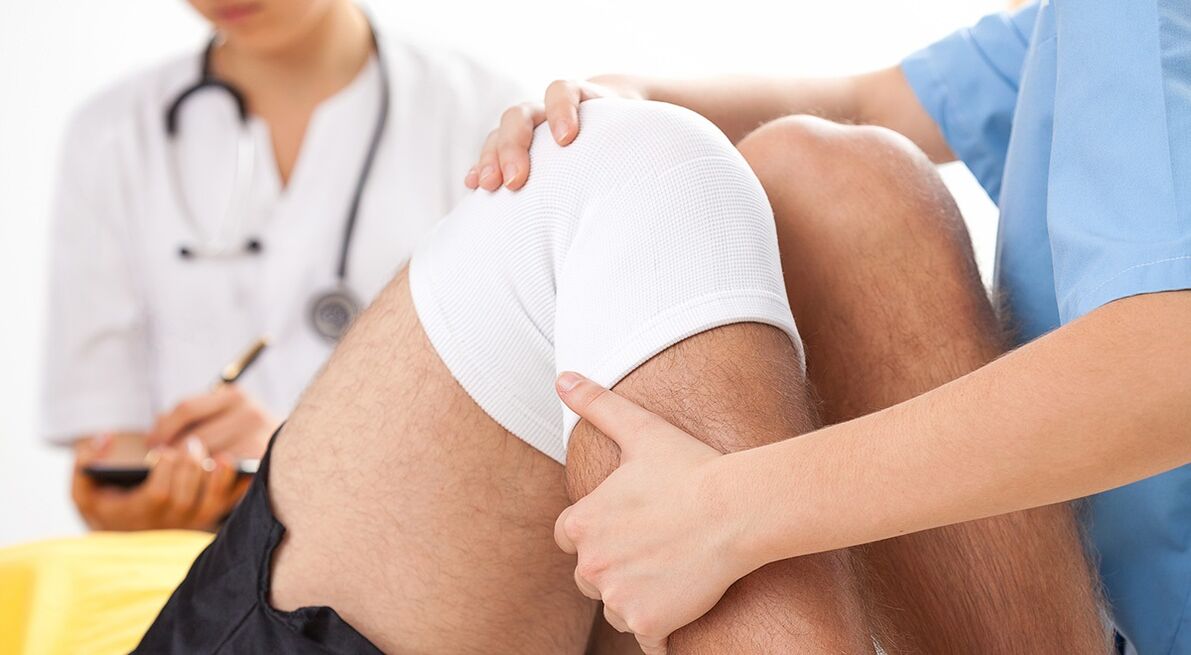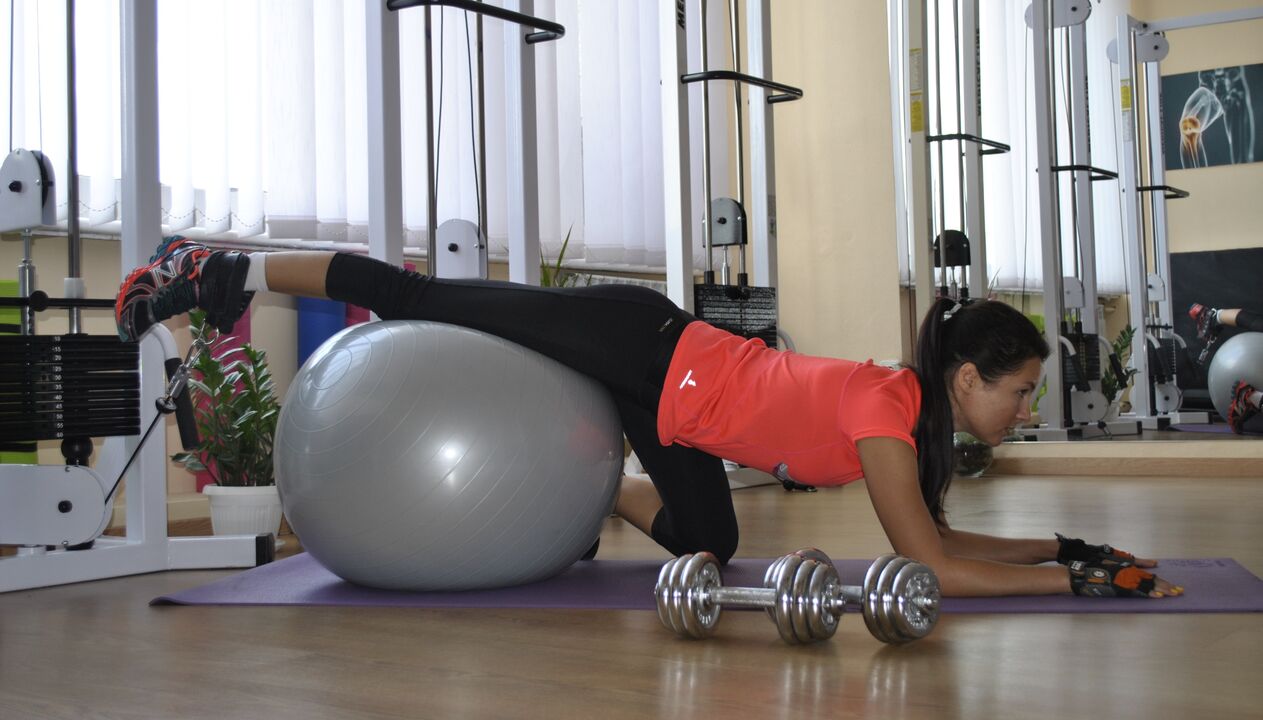
There are diseases that develop over time. It is not possible to cure them completely, as well as return to the starting point, but it is quite possible to diagnose and stop them in a timely manner. Previously, it was possible to meet the symptoms of arthrosis of the knee joint in older people, but now the disease is "getting younger" and is often the cause of disability. So, what are the signs you should look out for in time to start treatment?
The essence of what happened
Before starting treatment or determining the specific signs of the disease, it is necessary to understand what is happening in the joints.
The articular surface of human bone is covered with cartilage. In some joints, such as in the knee, there is a meniscus - a layer of cartilage that acts as a shock absorber. The joint fluid produced by the capsule acts as a lubricant.
Polyarthrosis is a disease when all or most of the joints of the body are affected. The disease develops as a result of destruction of articular cartilage and bone exposure.
When the knee joint is affected, changes also occur in the production of joint fluid. Some or all of the cartilage is lost and, over time, the joints become worn out. When this is observed in most joints, a diagnosis is made: polyarthrosis.
The body tries to overcome such violations, as well as limit the pain. With the progression of the disease, the joints become deformed, the bones begin to grow due to spikes (osteophytes). They can often be felt when investigating in advanced situations, when polyarthrosis has developed. The surface of the bone is not flat and it does not fit together. The result is limited mobility.
From the above symptoms, it becomes clear that this is not salt, which is often thought of by everyone with pain in the knee.
When to sound the alarm
The first thing that knee arthrosis, or polyarthrosis, indicates is pain, which can occur after prolonged physical exercise or just bothers you all the time. Its nature is different, often the pain increases in the evening or at night, prevents sleep, leads to disruption of normal life. Already at this stage, it is worth visiting your doctor, because the simplest diagnosis - x -ray, can reveal violations, and in some cases, polyarthrosis. The picture will show a narrowing of the joint gap, which indicates a thinning of the cartilage.
symptoms
There are three degrees of arthrosis, each with its own specific symptoms. With their help, you can also suspect polyrthrosis, which requires special treatment.
In the first stage, the pain is not strong and it seems to many that it will pass soon. In addition is discomfort and slight, periodically occurs swelling. This requires minor treatment, which will be discussed below. In addition, laser therapy and other physiotherapy are indicated.
In the second stage, symptoms become more complex, dryness is added to all of the above, and mobility is impaired. There may be some bleeding.
Laser therapy and a doctor’s recommendation on medication intake can help in this case. If this is not done, the pain will become permanently clear, and it is time to think about the third level.
In the third stage, the integrity of the cartilage is completely destroyed. The pain is constant, and can’t talk about a normal gait. Climbing stairs becomes a real problem, swollen joints. When moving, significant spasms occur, joints become deformed, pain is felt on palpation.
Polyarthrosis is also indicated by redness of the skin, hot to the touch. On the skin there is bleeding due to ruptured blood vessels or venous network. If this cosmetic defect is bothersome, then it is really possible to remove it with a laser.
In the last stage, the person becomes unstable due to weakness of muscles and ligaments. Walking can only be done with the support of a cane, and even for close distances. It all ends with a knee deformity, which even a laser can’t fix. Change is irreversible, a person becomes disabled. In this case, the joints are deployed towards each other or in opposite directions.
Medical diagnostics may reveal slight changes in shape, and for that matter, additional diagnostics will be needed. Usually, the doctor prescribes an x-ray, which shows changes in the joint. A more refined diagnosis performed using CT, MRI, and ultrasound of the knee joint was also used.
Treatment
The treatment of this disease pleases many, and only a doctor can think of it. The warehouse of medicines is very large, it is impossible to use them uncontrollably.
With improper medication use, stomach ulcers can also be added to arthrosis. But it is almost impossible to restore damaged cartilage.
First of all, doctors prescribe non-steroidal anti-inflammatory drugs to patients, which, along with inflammation, relieve pain. But the treatment does not end there. Exercise, physiotherapy are widely used. Special therapeutic exercises are selected only by the doctor, then it gives maximum therapeutic effect. About everything in more detail.

Drug use
The main treatment falls on non-steroidal anti-inflammatory drugs. In addition, agents are used that enhance cartilage nutrition and promote gradual regrowth. The most tested in this regard are drugs based on glucosamine and chondroitin. Special creams and ointments that have a local effect allow you to improve the treatment.
Keep in mind that medications reduce pain and relieve inflammation, but it is very dangerous to use them continuously. Treatment for a long time negatively affects the condition of the gastric mucosa, liver and heart. Recently, they began to produce drugs with minimal negative side effects, according to some manufacturers, they can be used for several months.
Gymnastics and physiotherapy
Complementary therapy can improve blood flow and, consequently, joint nutrition. Special exercises can strengthen ligaments and muscles. That’s just the effect of gymnastics in the early stages, when the joints don’t change much. Exercises are chosen strictly individually, depending on the severity of the course of the disease, and the physical abilities of the patient.

Also, exercise coupled with physiotherapy, there are a large number of them. Magnetotherapy, laser therapy, diodynamics, UHF, electrophoresis with novocaine, ultrasound and many more are used.
Injections in the joints
In the last stage, when physiotherapy or lasers do not help, to relieve pain, they use injections into the joint cavity. Preparations based on hyaluronic acid are introduced, which enhance the healing properties of cartilage. The introduction of hormone medications is often practiced, however, this is not safe, because over time, the duration of the therapeutic effect decreases, and the cartilage becomes unusable.
Endoprosthetics
Joint replacement is a last resort when your own joint cannot be saved, and it can no longer function. This surgery is called arthroplasty and allows you to almost completely restore lost function, relieving pain. In fact, it is possible to replace the entire joint (total arthroplasty) or the most extensively altered part. At the present stage, the level of surgical technique, the implants produced are so perfect that it is possible to obtain successful results and introduce this method of treatment everywhere.
It is not difficult to diagnose knee polyarthrosis, especially if you pay attention to the characteristic symptoms. A visit to the doctor will allow you to refute or confirm the diagnosis. There are many treatment options, as well as a selection of medications, that allow you to quickly remove the pain. But it’s not worth it to bring your knee to a joint replacement, because your natural joints are so much better than artificial joints, no matter how high the quality.



















